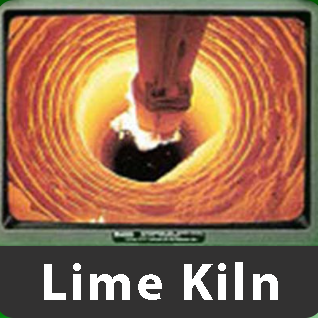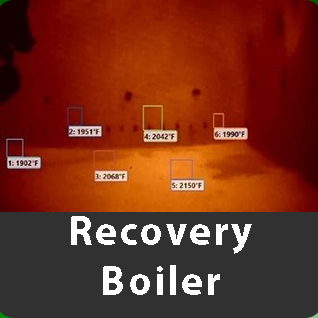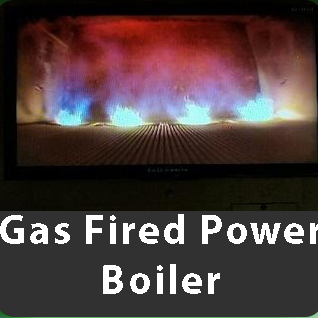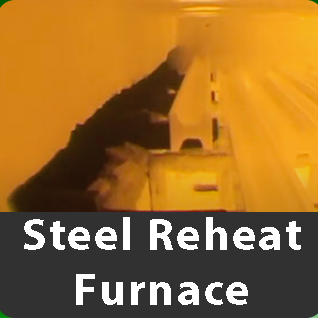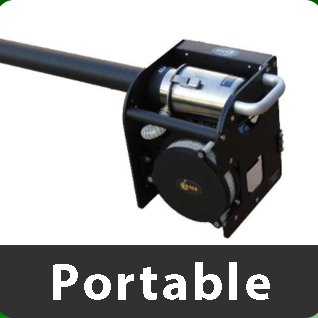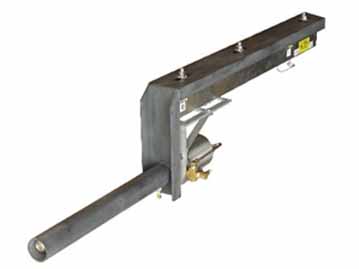
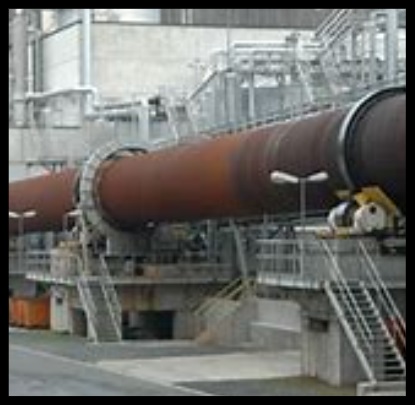
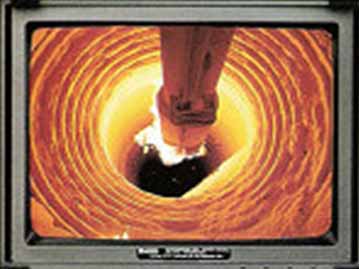

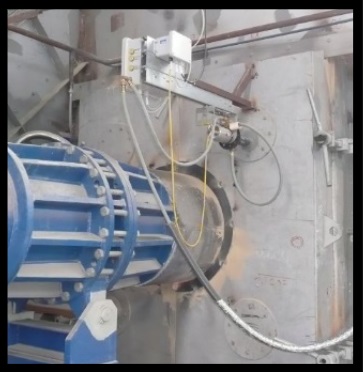
Next to the recovery boiler the lime kiln is the most important recycling process in the paper mill.
Operating the kiln at peak efficiency maximizes both cost savings and paper production. This efficiency is accomplished by carefully monitoring of the conditions inside the kiln. Lime kilns typically have operating temperatures above 1000°F which affords little opportunity to safely monitor the inside of the kiln on a 24/7 basis. Bass Electronics CF high temperatures cameras gives the kiln operator a strategic advantage to be able to see into the kiln all the time in real time. This enables the operator to see situations like the following:
1. Flame impingement. While not outrightly a dangerous situation this occurs when the burners flames are allowed to lick the side of the kiln. This will eventually lead to a costly refractory repair.
2. Clinker blockage. Occasionally large clinker formations, lime balls, may occur. These formations can block the normal flow lime either at the dam, the ball breakers or at the grate preventing the lime from falling into the clinker cooler section.
3. Refractory damage: From flame impingement or natural wear the refractory lining may become damaged. Hot spots can then develop on the outer skin of the kiln causing further damage.
4. Dams and Rings. These formations impede the natural flow of lime mud down the kiln making it less efficient and more expensive to operate.
5. Broken or missing chains. Reduction of heat transfer makes kiln less efficient.
Bass Electronics CF furnace cameras allows all these to be monitored continuously. With several lens options you can look straight down the kiln or at an angle if you want to see the grates.

